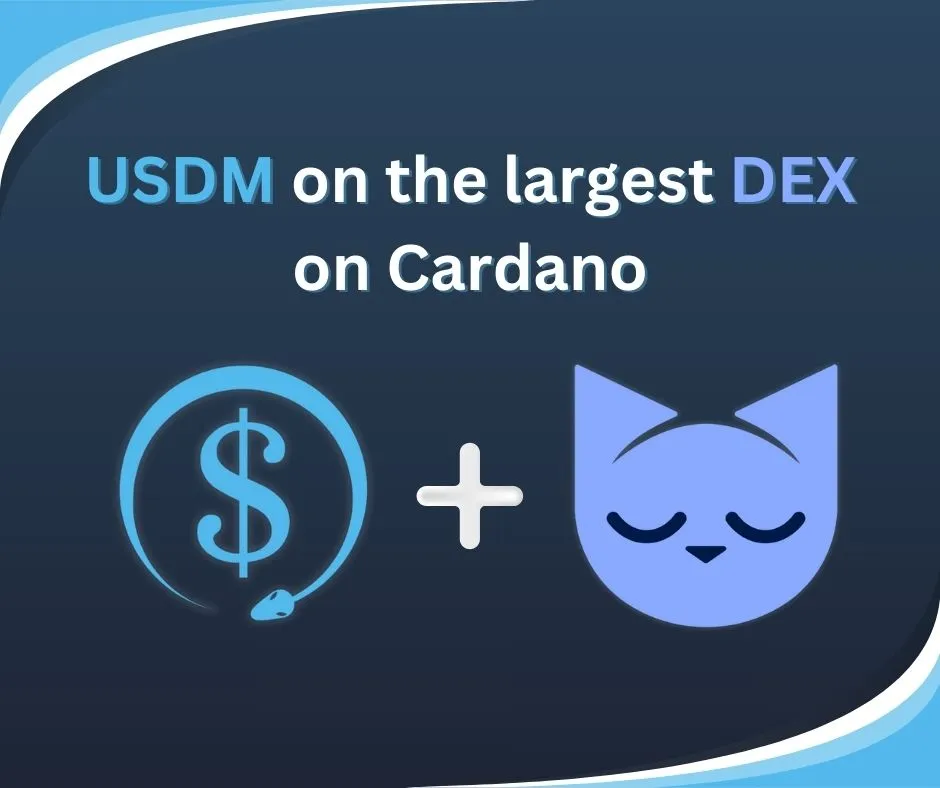Stablecoin Diversity
Stablecoins are a category of cryptocurrencies designed to maintain a stable value relative to a specific asset, making them valuable for various financial market use cases. They play a key role in digital markets, and their growth could spur innovation in the broader economy. As a store of wealth and medium of exchange, stablecoins may be suitable for everyday transactions and provide an alternative to the high volatility of other cryptocurrencies like Bitcoin, Ether, or Ada.
The majority of stablecoins in the ecosystem are pegged to the U.S. dollar, but stablecoins can also be pegged to other fiat currencies, baskets of currencies, other cryptocurrencies, or commodities such as gold. Stablecoins achieve stability through various mechanisms, and understanding their differences is crucial for users, treasury holders, and business developers. Let’s explore the key types of stablecoins:
1. Fiat-Collateralized Stablecoins are backed by reserves of traditional fiat currencies, such as the US Dollar or Euro, held in bank accounts. Each issued stablecoin is directly linked to a corresponding amount of fiat currency. Well-known examples include Tether (USDT), USD Coin (USDC), and Mehen’s (USDM).
2. Crypto-Collateralized Stablecoins Crypto-collateralized stablecoins are backed by other cryptocurrencies, often held in smart contracts. These stablecoins maintain stability by holding a certain amount of cryptocurrency (like Ada, Ether, or BTC) as collateral and issuing stablecoins against it. Notable examples include Indigo’s iUSD and MakerDAO’s DAI (issuing against a basket of cryptocurrencies).
3. Algorithmic Stablecoins are designed to maintain a stable value without being directly pegged to traditional assets. Algorithms and smart contracts control their supply and demand to stabilize their price. When the price exceeds the target value, the supply expands, and it contracts when below the target. Algorithmic stablecoins rely on arbitrage opportunities to stabilize prices. Examples include Coti’s Djed and Luna’s UDT.
4. Commodity-Collateralized Stablecoins Commodity-collateralized stablecoins derive value from backing tangible commodities, such as precious metals, agricultural products, or energy resources. The stablecoin’s value is directly tied to the value of the underlying commodity. Examples include Paxos Gold (PAXG) and TVVIN’s $TVVIN Gold.
5. Hybrid Stablecoins combine features from different stablecoin models to achieve price stability. They leverage strengths from fiat-collateralized, algorithmic, and commodity-collateralized stablecoins. Hybrid stablecoins use diverse collateral types, integrate algorithmic mechanisms, and may incorporate commodity-backed tokens. An example would be Coti’s Djed.
Stablecoins play a crucial role in the cryptocurrency ecosystem by providing stability for transactions and financial activities, and their diverse models offer various benefits and challenges. Understanding these differences empowers users, treasury holders, and business developers to choose the most suitable stablecoin type for their needs.



